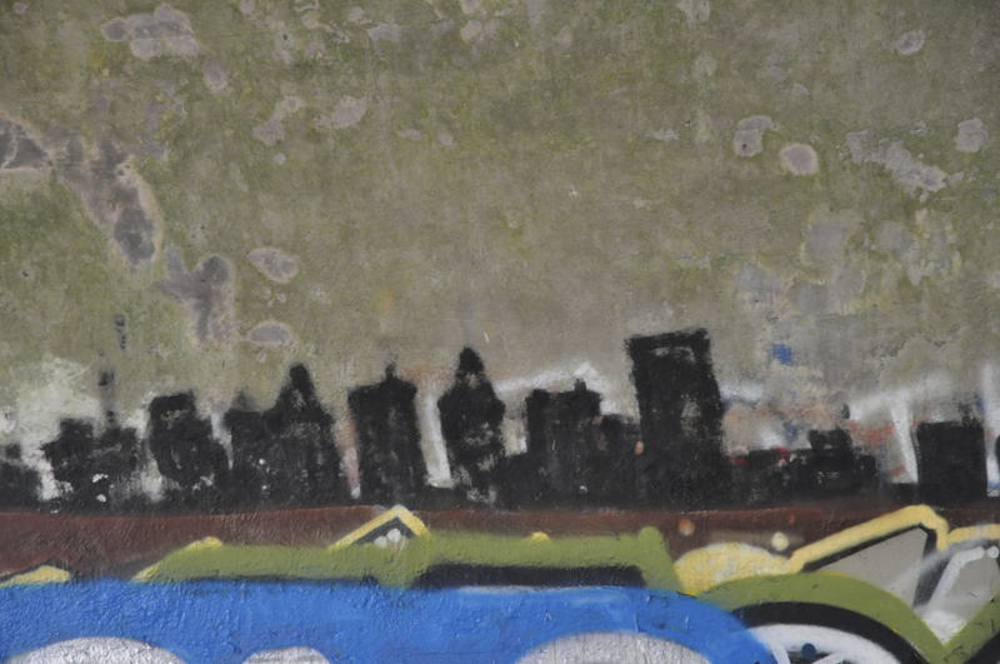
I was in Johannesburg in 1993, before the rise of the anti-apartheid government, when the streets throbbed with uncertainty about the future.
The political leadership was trying to decide if the fall of apartheid would be peaceful or bloody. The ambiguity hanging in the air made it hard to get a bead on the general direction of things.
But you could find clues. You just had to search for them among the people of that huge industrial city, in their voices, their writings and especially, in their art.
And that’s what the graffiti I saw off a dingy street in the heart of the city was; stark, explosive, powerful, art.
They were three together, aligned as cartoon panels, projecting the power that was the oppressed majority.
The first, a landscape dominated by smokestacks, belching smoke into the sky, with the caption, “We are The Economy...”
In the second panel the smokestacks begin to fold downward, taking on the look of fingers, with the caption, “...We can...”
In the third panel, the stacks have turned into a fist, and the caption simply reads, “...Shut it Down...”
“We are The Economy, We can, Shut it Down,” captured pretty much everything you needed to know about who, ultimately, was going to win the struggle for the new South Africa and how they, the victors, were going to do it.
That’s what graffiti can do. As effectively as a particular Dali of the late 1930s, a mural of the streets can capture the moment.
Then again, it can also be garbage, blight on public and private property, a disgusting reminder of the shortcomings of a society.
We’ve got some of both in my part of downtown Atlanta -- a nice in-town neighborhood called Virginia Highlands -- the well-done works of graffiti, those renditions worthy of a show somewhere (if you could just haul the slab of concrete into a gallery) and the stuff barely passing as doodles that, if anything, qualifies as the idiots stuff that sadly defaces... well, graffiti.
Two clusters come to mind in my neighborhood. One is aside rail tracks just off a Kroger parking lot, and the other under an ornate bridge near one of our city’s parks.
Of course, these are just snapshots of one corner of one neighborhood of one big city. There are endless examples, good and bad, in your city as well.
Know some good examples? Send them to us at editor@jjie.org But, please, we only want to see the good stuff, the best of the best. No doodles, please. Keep the profanity, the nudies, the stuff in bad taste, to yourself and the wall it defaces. We want art. Please include where the graffiti is located, the city and the neighborhood if possible, the date and time of day would be cool, as well as your name, if you want the photo credit.
And, if you know the artists of any of these, or if you are an artist, please let us know. Or better yet, have them get in contact. We would love to talk to them.
Although we are hoping for some works with the power of an anti-apartheid mural, we are content just to celebrate in the artistry.
Related articles:
- Getting Up: Improving Youth Outcomes with Graffiti in Denver
- From Graffiti to Fine Art: KAWS at the High
- Gallery: The Graffiti Project on Bokeh